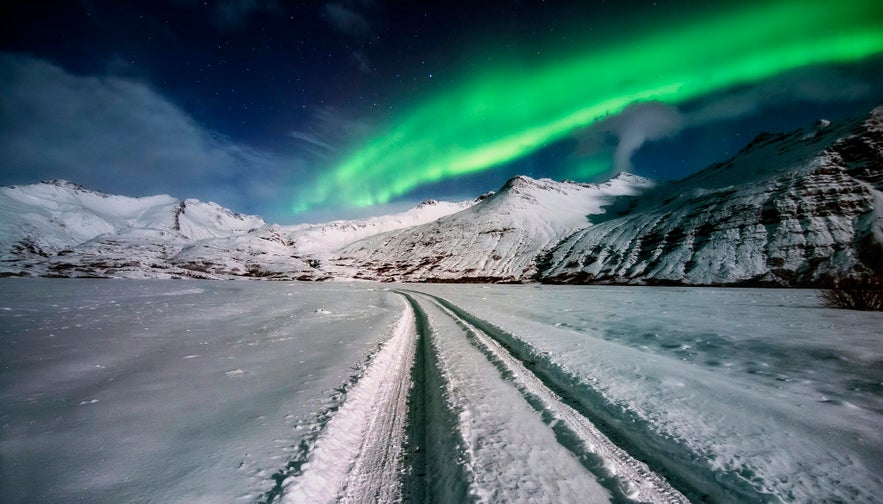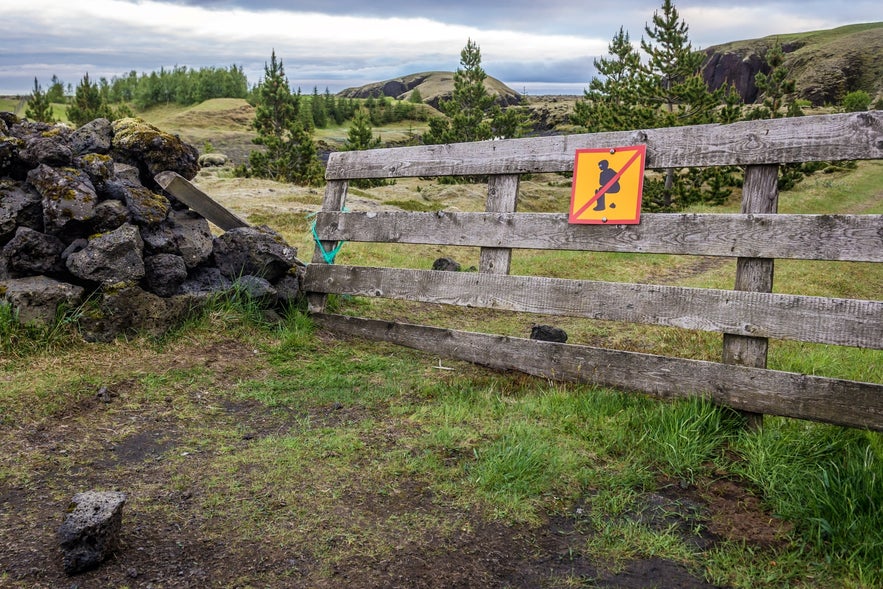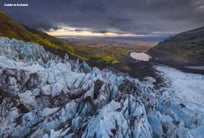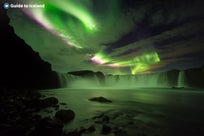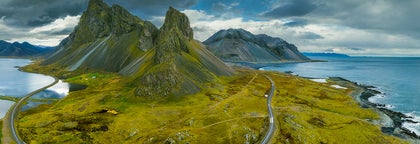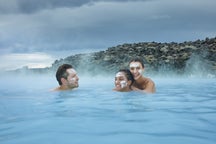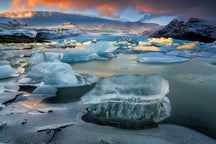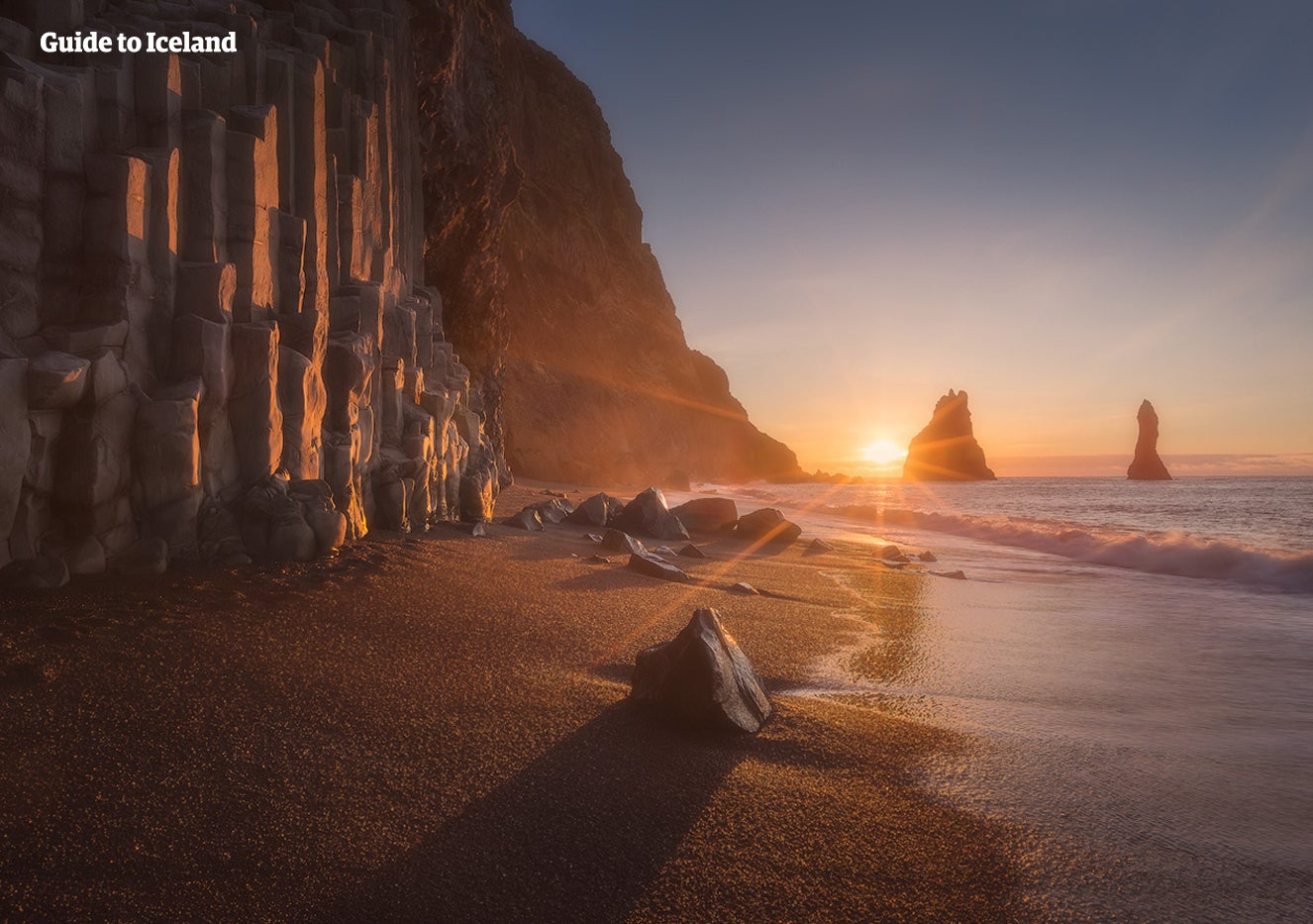
7 Things Icelanders Hate About Tourism in Iceland

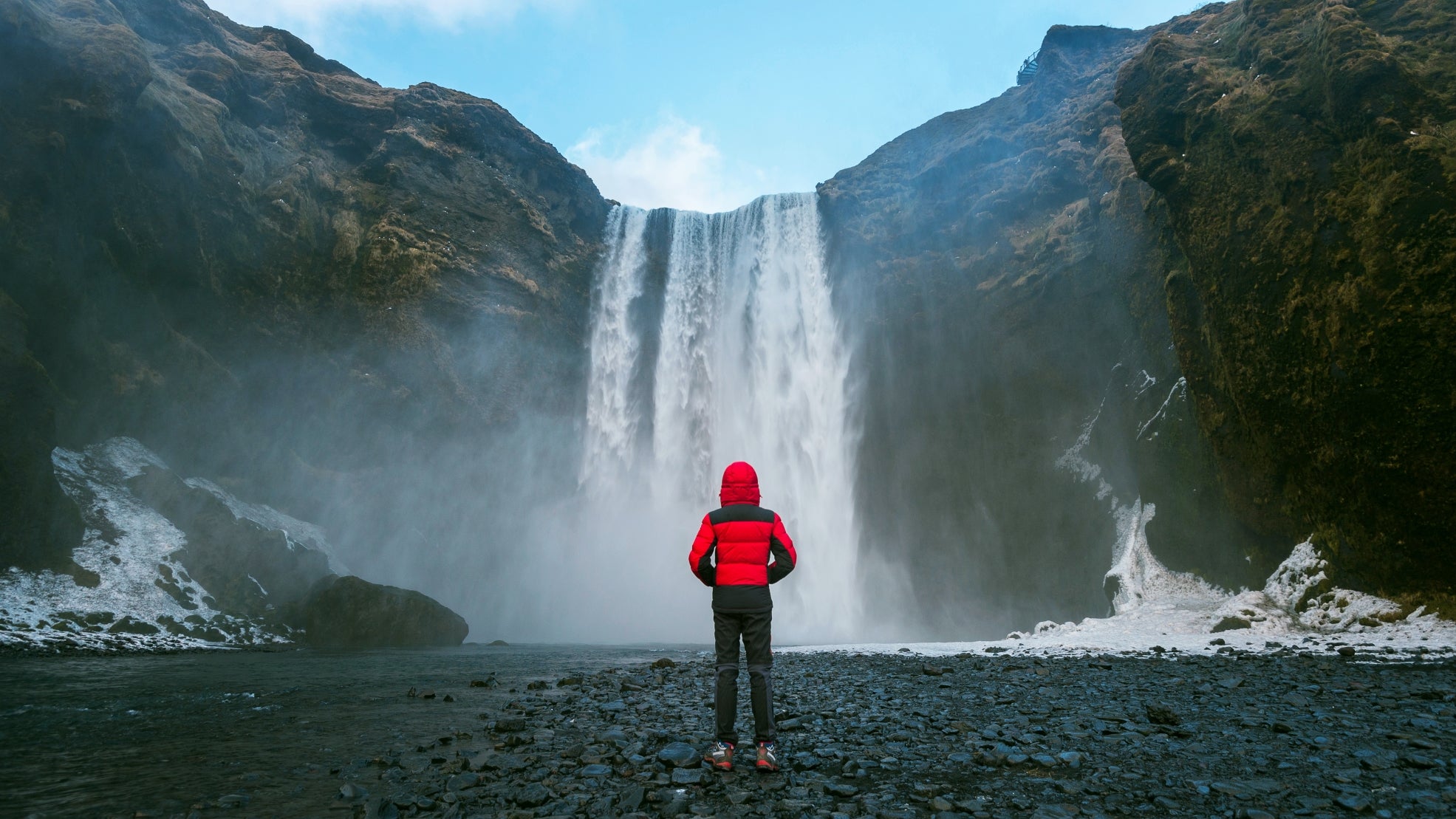
Iceland has, in recent years, become one of the best travel destinations in the world, boasting incredible landscapes and a rich and vibrant culture, as well as ranking as one of the world's safest countries. While Iceland's sudden tourism boom has done wonders for the small island nation's economy, there are a few downs to go with the ups.
There's no wonder that so many visitors flock to Iceland every year to rent a car and explore the island with self-drive tours. Seeing the northern lights dance above your accommodation in Iceland or enjoying a dip in a hot spring under the midnight sun sounds pretty enticing, after all. However, many visitors are unprepared when entering the land of ice and fire, which can cause disruptions for the locals who live there.
In this article, we'll be going over seven aspects of tourism that the people of Iceland dislike and how you can visit the country in a respectful manner. Let's dive into some of the things that define the annoying tourist and how you can avoid being one!
- Find out What to Do & Where to Go in Iceland
- Discover the Top 11 Tips for Travelling in Iceland
- Get to know the ins and outs of Travel Etiquette in Iceland
7 Things Icelandic People Hate About Tourism in Iceland
Here are seven things that you should avoid doing if you want to be a respectful visitor in Iceland.
7. Making Illegal Roadside Stops
There are many mistakes people make when it comes to driving in Iceland. A common one is failing to pull over safely, as the scenic landscapes often tempt visitors to stop and take photos or admire the view. Many tourists simply stop their cars on the side of the road, hoping that the hazard lights will be enough to bend the laws of traffic in their favor.
These stops, although unfortunately a common sight, are both illegal and dangerous. You should only ever stop your car at designated roadside stops, or you might end up causing an accident or having to pay a hefty fine.
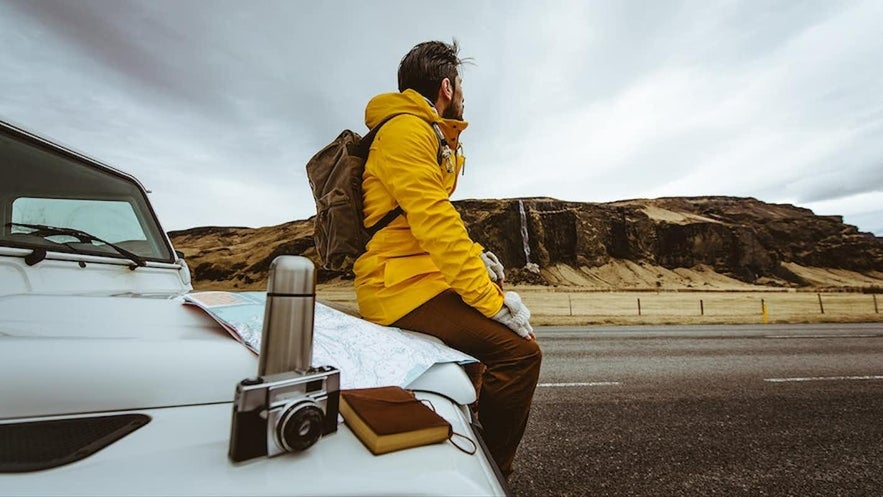 This is especially prevalent during the winter months when people flock outside the city to get a view of the northern lights. The aurora borealis only appears in the night sky, and the night is sort of famous for being quite dark.
This is especially prevalent during the winter months when people flock outside the city to get a view of the northern lights. The aurora borealis only appears in the night sky, and the night is sort of famous for being quite dark.
Conditions to spot a parked car aren't exactly great! If you wish to safely see the northern lights free from light pollution, you should either find a parking lot or simply take one of the many fantastic northern lights tours available, where you'll be brought to the most suitable location with a local guide.
6. Camping in Inappropriate Places
 Camping in Iceland is a popular way to experience Iceland's breathtaking nature and rugged terrain. While you might feel it's a great idea to head out into the unknown with your gear and camp wherever your heart desires, the owners of the land where you just pitched your tent might disagree.
Camping in Iceland is a popular way to experience Iceland's breathtaking nature and rugged terrain. While you might feel it's a great idea to head out into the unknown with your gear and camp wherever your heart desires, the owners of the land where you just pitched your tent might disagree.
Some travelers have been found camping in parking lots and residential areas. As you might imagine, it's illegal to camp in Iceland on someone's private property without permission, and the same applies to camping within the city outside of designated camping areas.
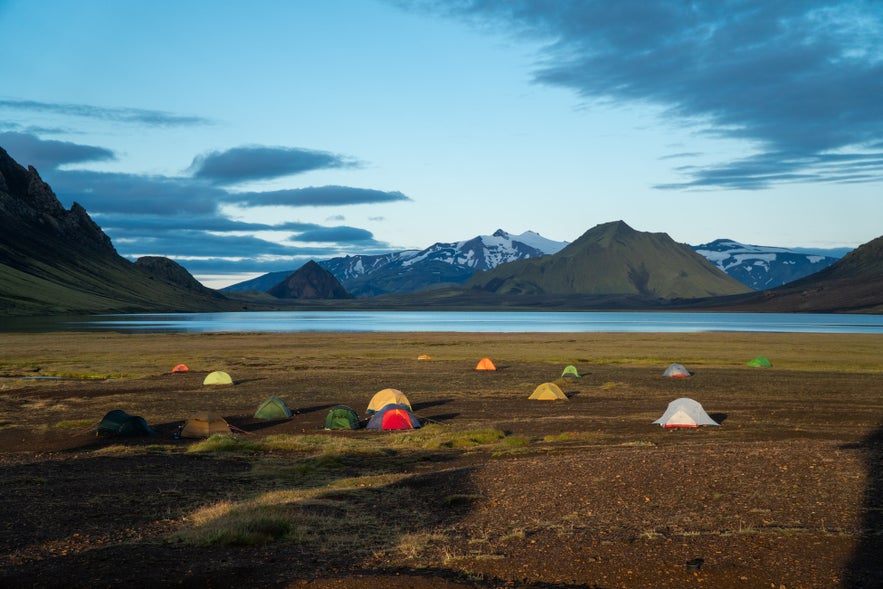
Photo by Pavel Brodsky
To manage environmental impact and ensure visitor safety, there are numerous designated campsites strewn across Iceland often with facilities such as toilets and showers. These campsites charge a fee and provide a structured but convenient camping experience.
If you are camping, make sure you're at a campsite, which can be found all over the country. Don't try to camp on private property. Those people camping illegally in public places, such as on children's school grounds, have left the area a lot worse for wear, full of trash, and even human waste. This brings us to our next unfortunate entry on our list...
5. Treating Everywhere as a Bathroom
The sign depicted above might look like a joke, but unfortunately, this is a problem in Iceland. Every so often, you will hear about someone who decided to forego the public bathroom and instead opted for Mother Nature as their lavatory. These toilet-avoiding rogues rarely clean up after themselves, leaving the site they're at quite a bit less scenic for everyone else.
Most popular attractions in Iceland have bathroom facilities on-site, most of which are free. Doing business with the establishments that provide them is encouraged and always appreciated. If you need to use the toilet, just ask politely at the nearest gasoline station, bar, shop, restaurant, or campsite.
We get it - sometimes you're located in the middle of nowhere with no bathrooms around when nature calls. In those unfortunate circumstances, pick your droppings up with a bag and throw them away in the nearest trash bin (just as you would do while walking your dog). Most people come to Iceland to witness the country's breathtaking nature - not to marvel at your left-behind sculptures.
4. Not Showering Before Entering Pools
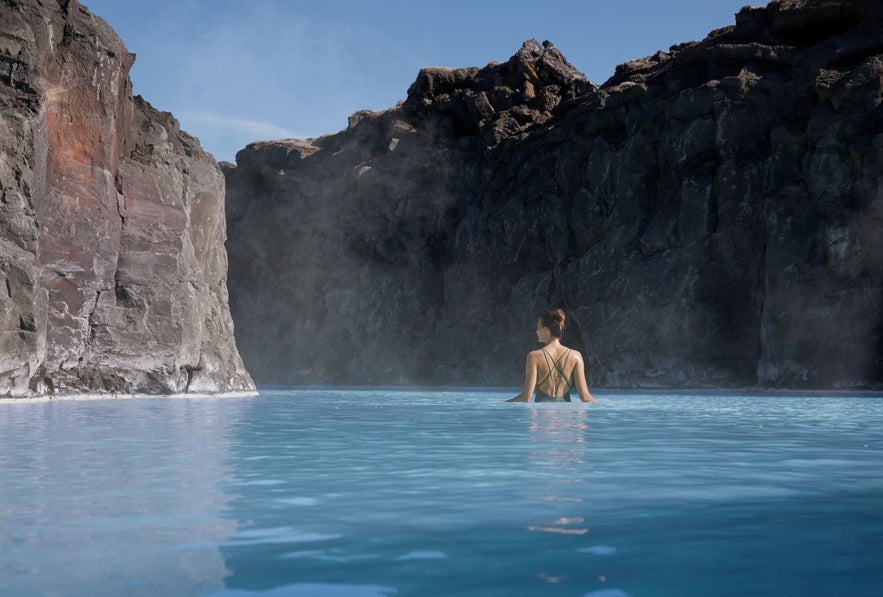
Swimming is a large part of life in Iceland, and public pools are located all over the country. Icelandic swimming pool culture is so unique that it has even been nominated for UNESCO's List of Intangible Cultural Heritage! These geothermally heated pools are some of the best public pools in the world and serve as important community hubs.
One important rule is that everyone must shower before getting into the pool. That doesn't mean you can shower at the hotel and come straight to the pool. To ensure sanitary conditions, everyone has to shower - without a swimsuit - before entering the pool.
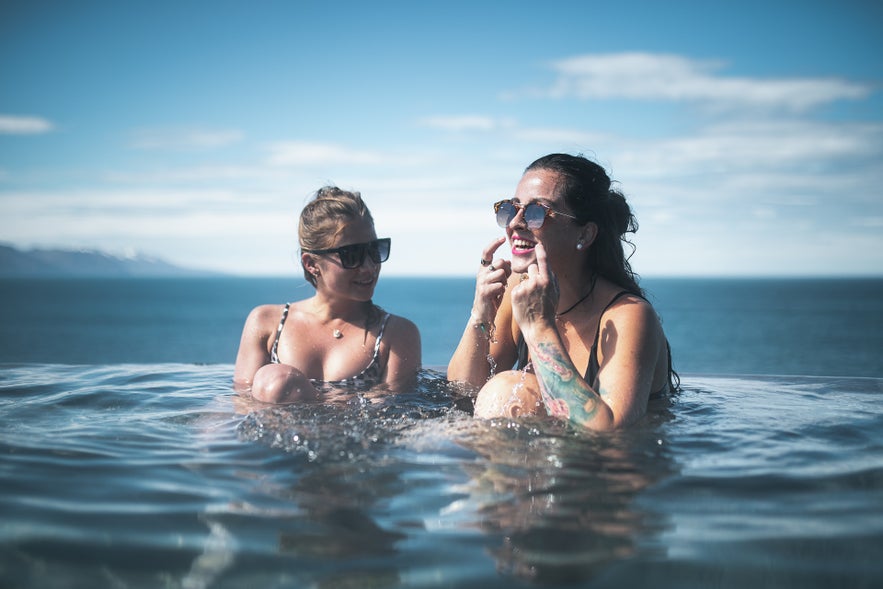 This also includes geothermal hot springs such as the Blue Lagoon and the Sky Lagoon. These spas might offer more privacy and showers that are equipped with a door, but this is the exception rather than the rule and certainly not something you should expect to find in the public pools.
This also includes geothermal hot springs such as the Blue Lagoon and the Sky Lagoon. These spas might offer more privacy and showers that are equipped with a door, but this is the exception rather than the rule and certainly not something you should expect to find in the public pools.
When people try to enter the pool without showering beforehand, accidentally or otherwise, it will upset the other patrons. If the pool attendant catches you, they'll lead you to the shower and make sure that you shower thoroughly - a rather embarrassing thing to have to endure! We highly recommend that you try taking a dip in one of Iceland's public pools or partake in a hot springs tour, but just remember to shower nude!
3. Disregarding Safety Precautions
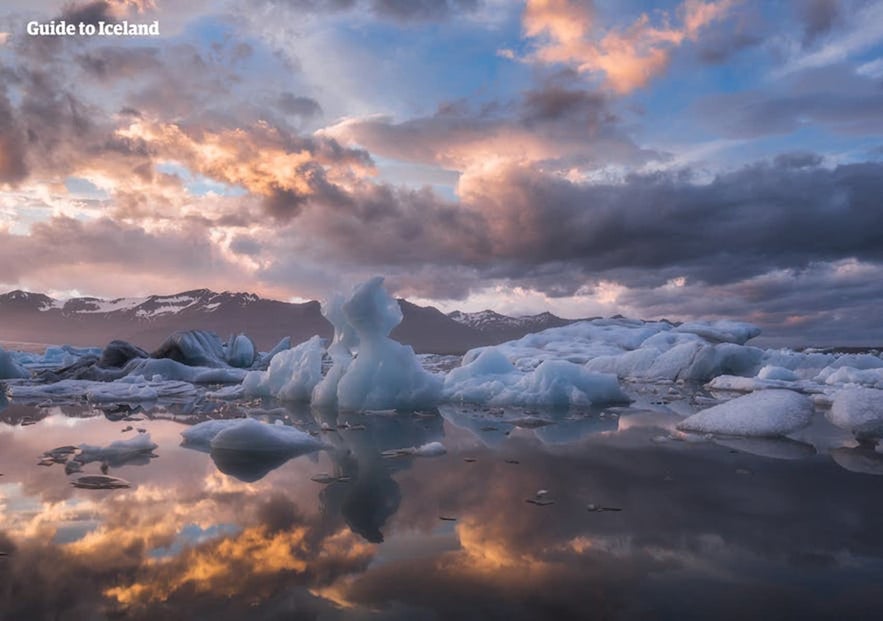
As previously emphasized, there's a lot to see and do in Iceland. It seems like there's a natural wonder around every bend of the Ring Road, and with so much beauty, it's natural to want to witness it from as close as possible. Safety precautions exist for a reason, however, and it pains Icelandic people to see tourists ignore them.
Take, for instance, the Jokulsarlon glacier lagoon, where towering icebergs that have broken off from a nearby glacier drift across the lagoon. It is one of the most popular stops on Iceland's South Coast for a reason, but occasionally, tourists will ignore warnings and become stranded after climbing atop one of the glaciers. Not only is this life-threateningly dangerous, but it's also quite expensive and a hassle to have to call upon the local rescue teams.
The black sand beach of Reynisfjara is another location where warning signs are sadly too often disregarded. Tourists will often get very close to the waves at the beach to get pictures or playfully try to avoid them, not knowing the danger that sneaker waves pose. These waves can suddenly surge far up the beach with great force, catching beachgoers off-guard and potentially dragging them into the sea. Several people have died at the beach in recent years by ignoring these warnings.
We could go on with the examples, but you get the picture. It's very understandable why Icelandic people become angry when they see tourists ignore these warnings as they are put in place to protect their lives. Pay attention to any warning signs when visiting Iceland and heed all precautions.
- For more: Extremely Dangerous Waves by Reynisfjara and Kirkjufjara Black Sand Beaches
- See also: 8 Amazing Black Sand Beaches in Iceland
2. Asking Insultingly Dumb Questions
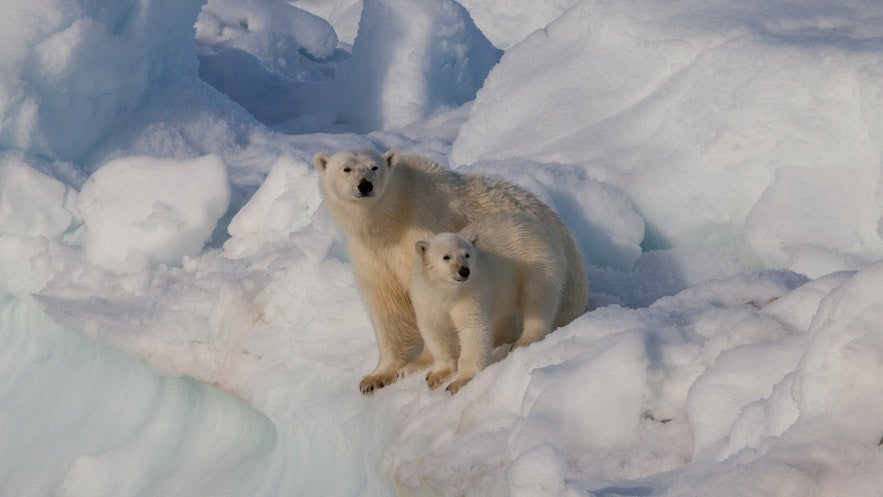
Now, it's unfair to assume that people know everything when visiting another country, and we've all asked our fair share of dumb questions when traveling abroad. For the most part, Icelandic people won't mind the occasional silly question, but downright insultingly stupid questions are another matter.
So, what is an insultingly stupid question to ask Icelandic people? Well, here are a few examples:
"Are you guys all related to each other?"
"So, do you know everybody in Iceland?"
"Don't you guys live in igloos?"
"Do we have to worry about polar bears?"
While Iceland has a small population, not everyone is closely related, and even asking that has some pretty insulting implications. Despite the small population, we don't know everyone in the country as we're sure you don't have close to 400 thousand acquaintances. Igloos are not and have never been a part of Icelandic culture, and while the occasional polar bear has drifted to Iceland on an iceberg, they have never been a part of Iceland's fauna.
Most Icelandic people will be happy to give you answers when you ask them about things such as the most beautiful location in the country or the best place to get a hamburger in Reykjavik. They won't be as happy if you ask them whether their parents met at a family reunion, so use a bit of common sense before firing off a dumb question.
- See also: Stupid Questions About Iceland
1. Vandalizing Nature

Picture from the Environment Agency of Iceland.
One of the more unfortunate results of Iceland's growth in tourism is the increase in vandalism. The Icelandic people are very proud and protective of the natural environment, as unspoiled wild nature is among the biggest attractions in Iceland. Most vandalism is done by people who don't know any better, so read on and be informed.
Off-road driving is strictly forbidden and punishable with heavy fines for a good reason. Driving off-road damages delicate ecosystems. It can take decades for the environment to recover, even if it's “just sand.”
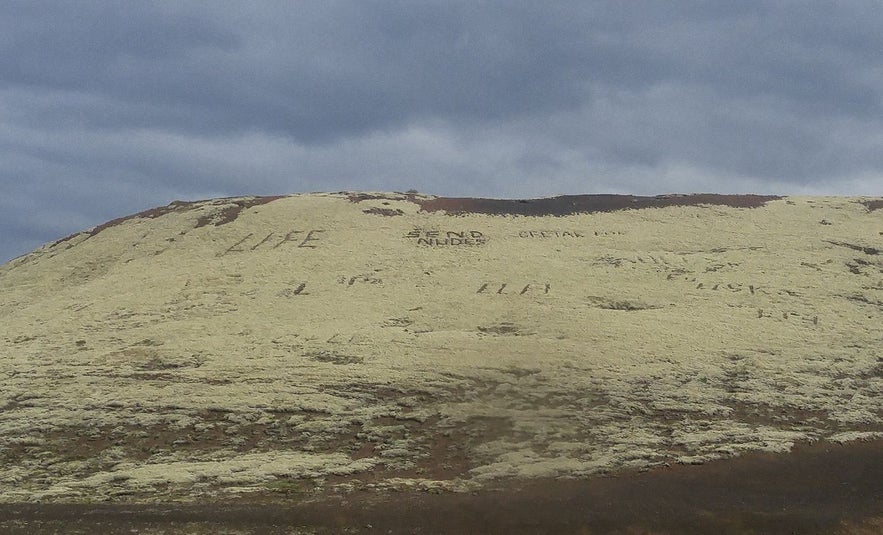 The Icelandic moss is delicate, so don't pick it up! Icelandic moss is incredibly thick and soft, so it's tempting to lie in it, but it's also highly delicate, and it takes hundreds of years to grow back. The picture above shows a mossy slope where some jokers decided to carve letters into the moss, causing unnecessary damage.
The Icelandic moss is delicate, so don't pick it up! Icelandic moss is incredibly thick and soft, so it's tempting to lie in it, but it's also highly delicate, and it takes hundreds of years to grow back. The picture above shows a mossy slope where some jokers decided to carve letters into the moss, causing unnecessary damage.
Don't throw coins into lakes or hot springs. There's one gorge in Thingvellir National Park called Peningagja (Money Rift) covered with coins from around the world, and this is the only place where it's acceptable to throw coins.

It's really pretty simple - respect begets respect. Respect natural attractions in Iceland, and the Icelandic people will respect you!
If you feel like you need more tips about what you should and shouldn't do in Iceland, read our articles about the dumbest things to do in Iceland and how to pack for Iceland. And feel free to give us tips on what we shouldn't do in your home country!
Inne interesujące artykuły

Islandzcy Chłopcy Bożonarodzeniowi i Gryla | Islandzkie bożonarodzeniowe trolle
Kim są islandzcy Chłopcy Bożonarodzeniowi? Kogo świętuje się na Islandii w Boże Narodzenie, jeśli nie Świętego Mikołaja? Jaką rolę w islandzkim bożonarodzeniowym folklorze odgrywa olbrzymka Gryla i...Czytaj więcej
Boże Narodzenie na Islandii | Twój kompletny przewodnik po świątecznych tradycjach, jedzeniu i nie tylko!
Dowiedz się wszystkiego o Bożym Narodzeniu na Islandii. Jakie są główne tradycje bożonarodzeniowe na Islandii? Dlaczego Islandia ma 13 Świątecznych Chłopców i czy są oni tym samym co Święty Mikołaj? J...Czytaj więcejNajlepszy przewodnik dotyczący ślubu na Islandii
Chcesz zorganizować swój ślub na Islandii? Co trzeba zrobić przed zawiązaniem węzła małżeńskiego na Islandii? Planujesz prywatny ślub lub szukasz islandzkich pakietów ślubnych? Czytaj dalej, aby d...Czytaj więcej

Pobierz największą platformę turystyczną na Islandii na telefon i zarządzaj wszystkimi elementami swojej podróży w jednym miejscu
Zeskanuj ten kod QR za pomocą aparatu w telefonie i naciśnij wyświetlony link, aby uzyskać dostęp do największej platformy turystycznej na Islandii. Wprowadź swój numer telefonu lub adres e-mail, aby otrzymać wiadomość SMS lub e-mail z linkiem do pobrania.
